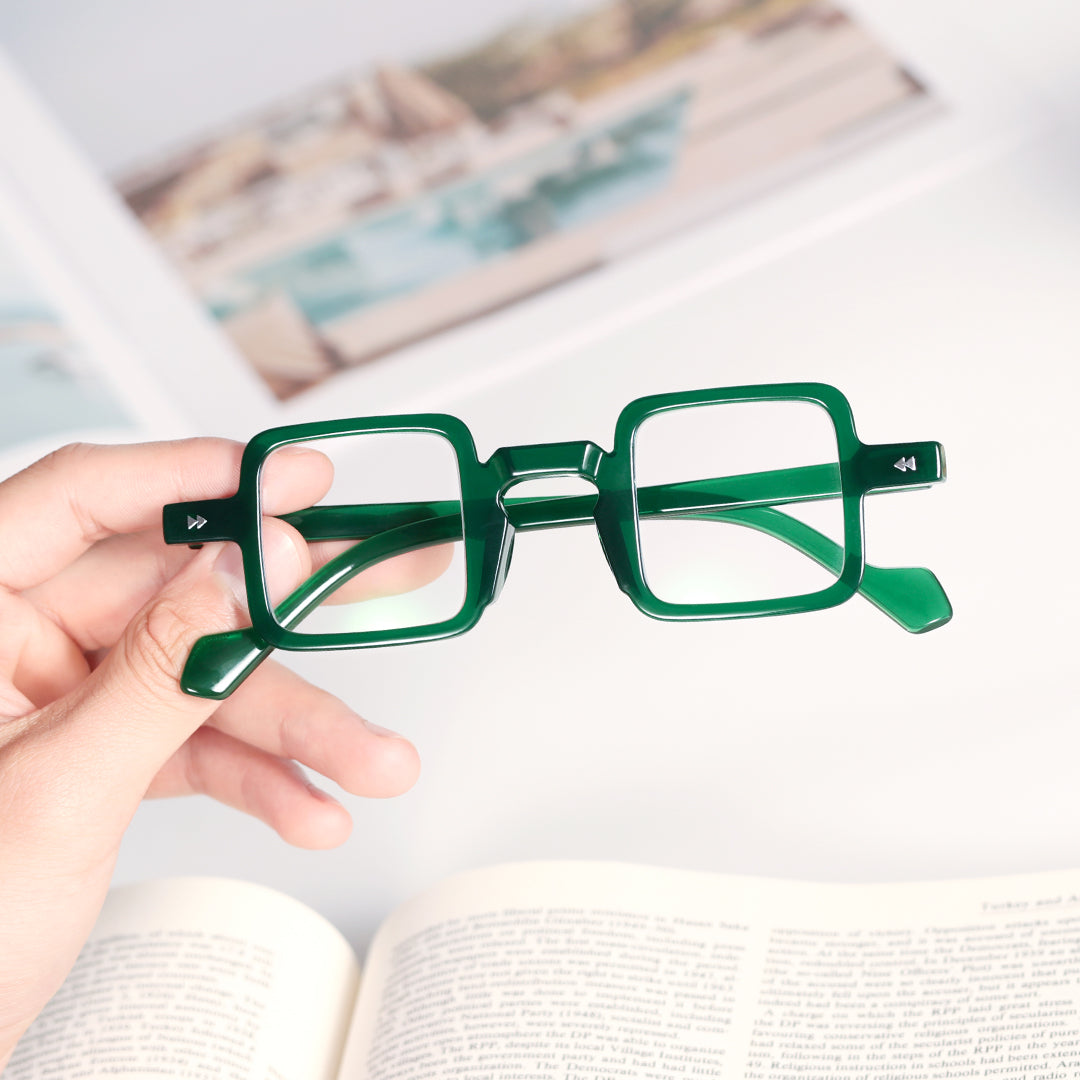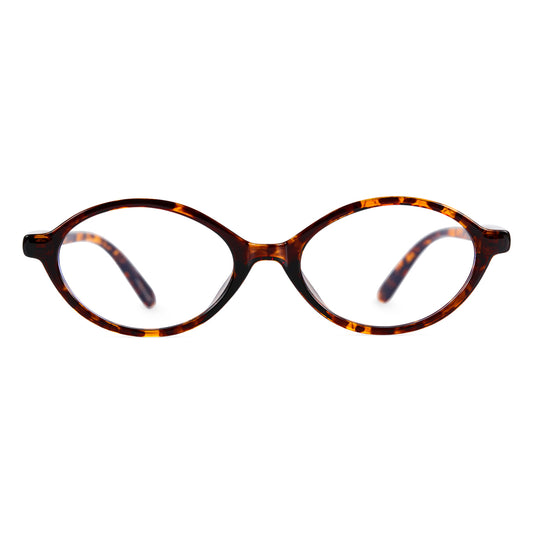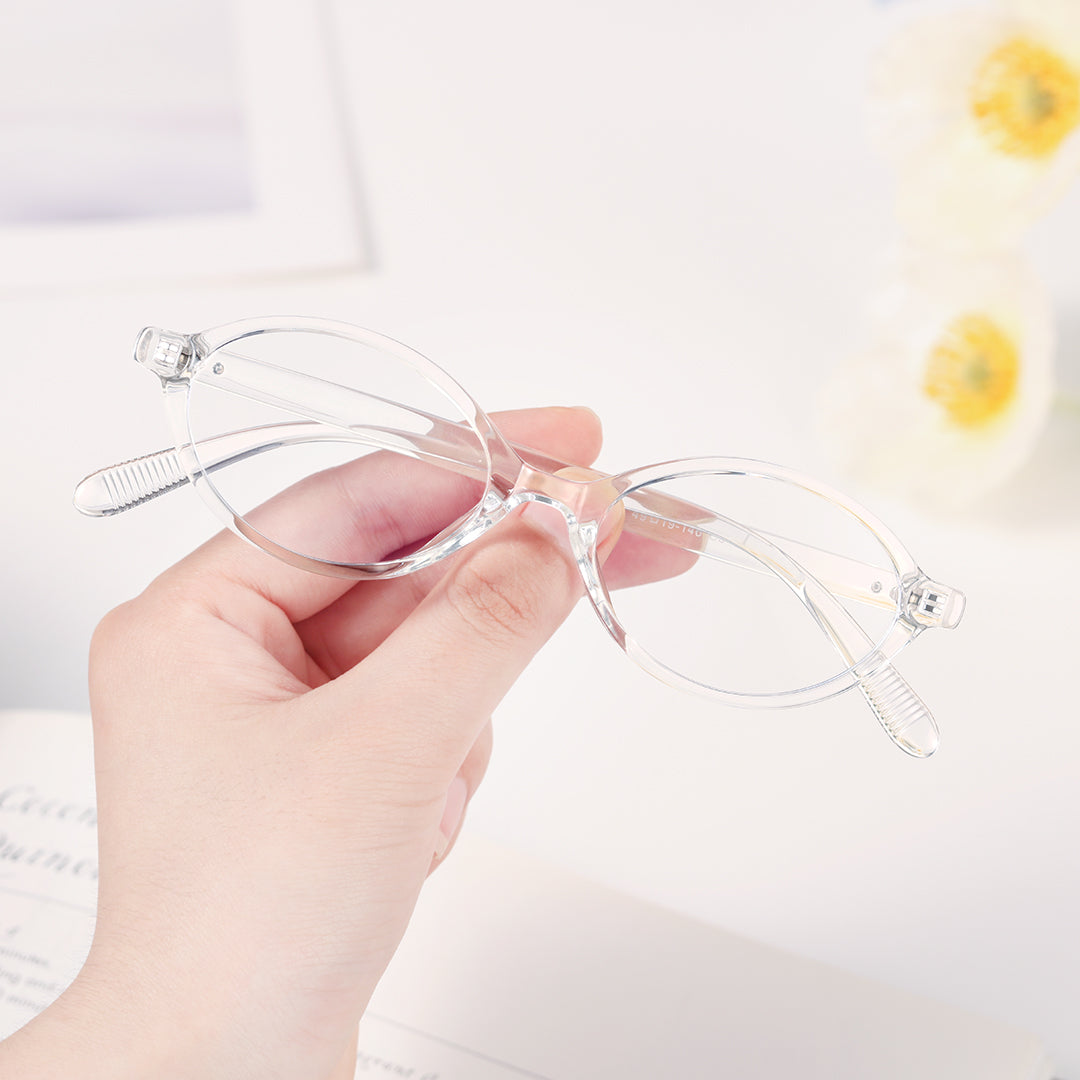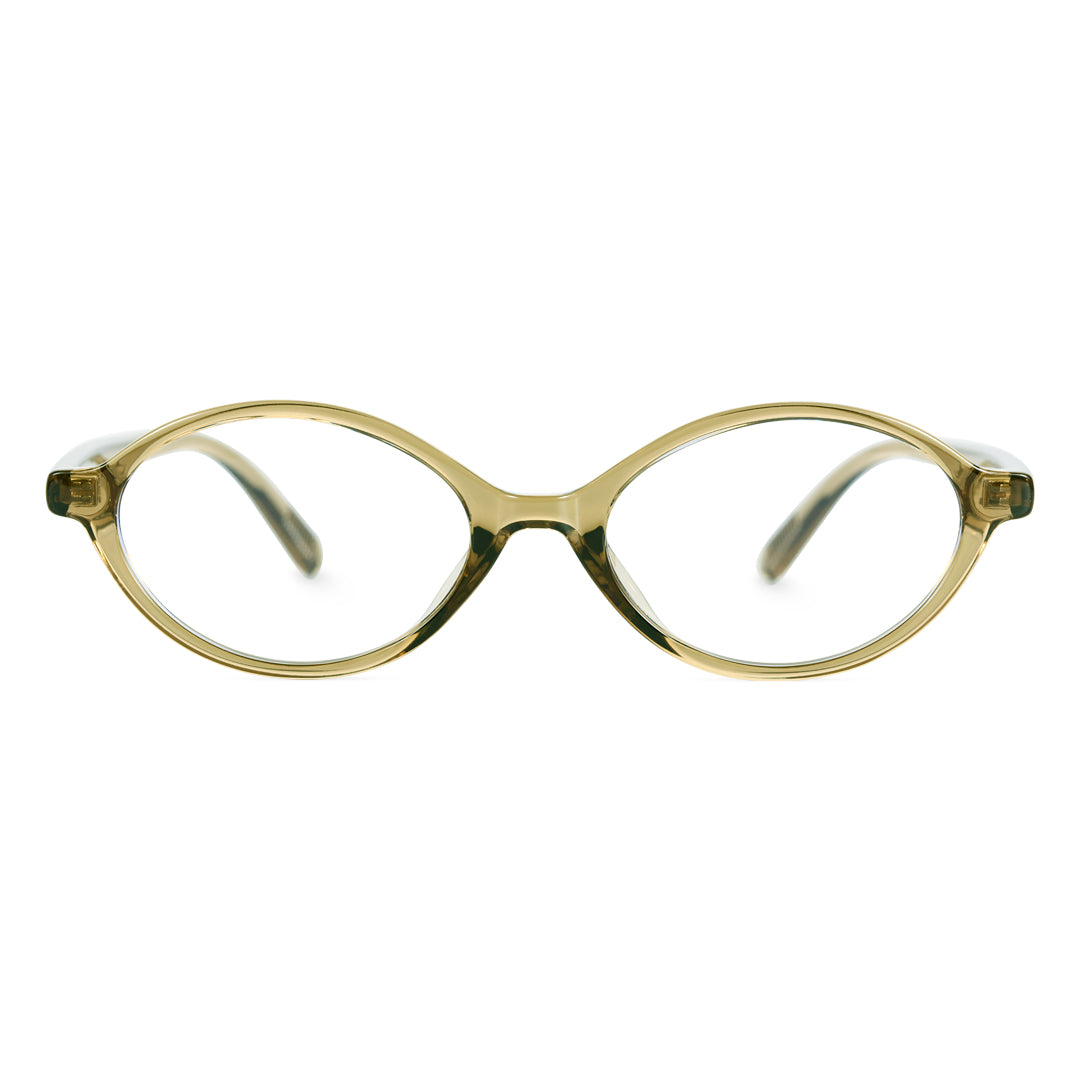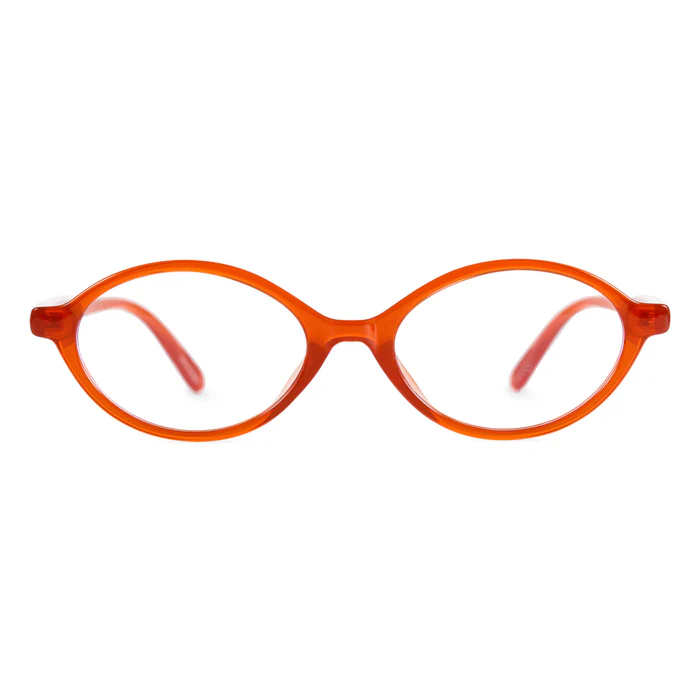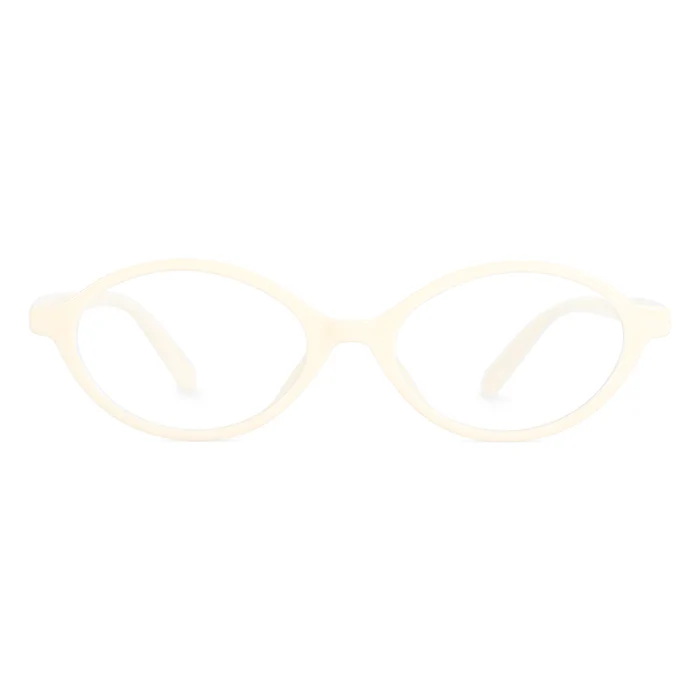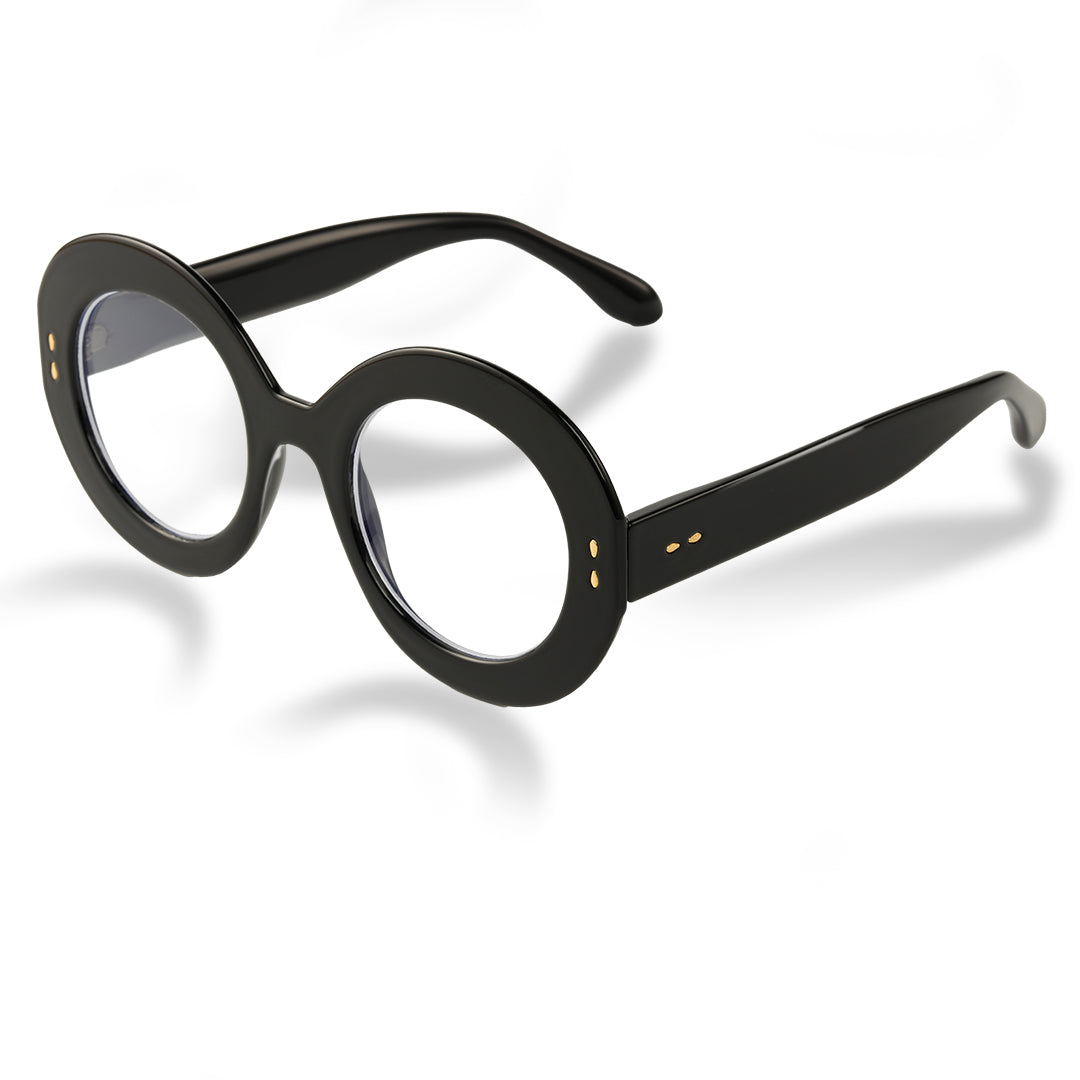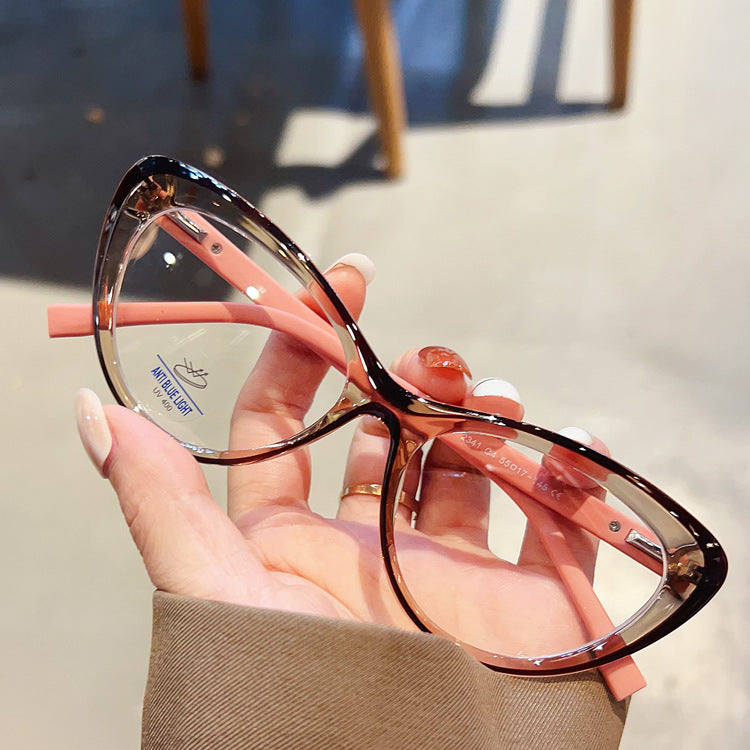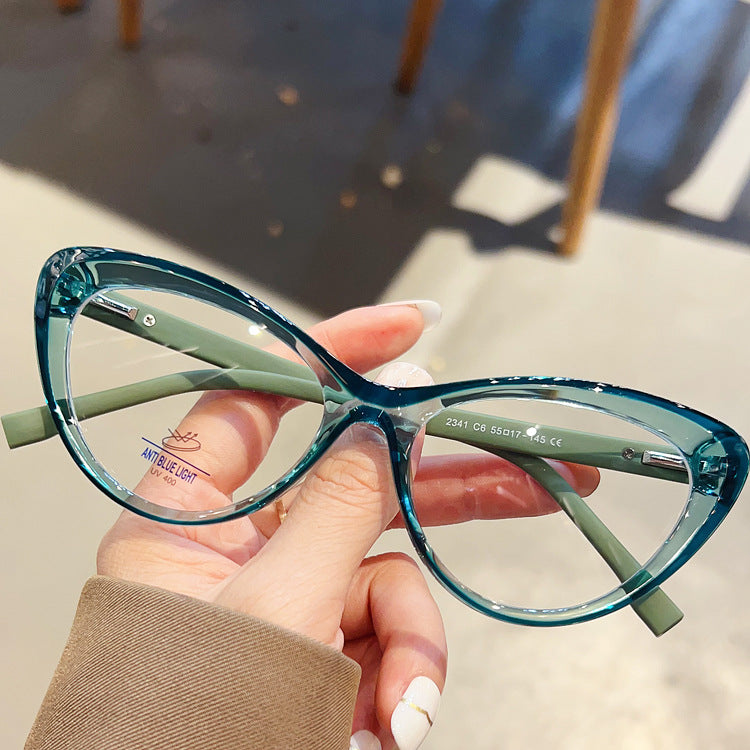Astigmatism is a common vision problem that impacts around 40% of the global population. It occurs as a refractive error, often caused by an irregularly shaped cornea or lens, which makes it harder for the eyes to focus properly. But what does vision actually look like with astigmatism? In other words, how is sight affected when the condition isn’t corrected?
Imagine driving at night and noticing every streetlight spreading into a glowing starburst, or trying to read a distant sign only to find the letters stretched and shadowed. These are just a few ways people with astigmatism experience the world. This common eye condition affects millions worldwide, yet many don’t realize they have it. In this article, we’ll explore what astigmatism looks like, what causes it, how it can be diagnosed, and the solutions that help bring life back into focus.
What Is Astigmatism?

Astigmatism is a refractive error that occurs when the cornea or lens of the eye has an irregular shape like a football shape rather than a basketball. Instead of being perfectly round, the surface is curved unevenly, causing light to focus on multiple points in the retina rather than a single sharp point. As a result, objects may appear blurry, distorted, or shadowed at all distances. Astigmatism can affect one or both eyes and often appears alongside nearsightedness or farsightedness, making vision correction even more important.
What Causes Astigmatism?
There isn’t a clear consensus on the exact cause of astigmatism. Genetics appears to play a role, since people with one or both parents affected by astigmatism are somewhat more likely to develop it themselves. In most cases, the condition is present from birth, though it may not always lead to noticeable vision issues until later in life.
Astigmatism can also result from external factors such as corneal injuries or cataract surgery. When scar tissue forms on the eye, it can contract and alter the shape of the cornea, producing astigmatic vision. Despite common misconceptions, habits like reading in dim light or sitting too close to the television do not cause astigmatism. However, they can contribute to eye strain and worsen existing refractive errors, so they’re still best avoided.
What Does the World Look Like With Astigmatism vs Normal Eyesight?

With normal eyesight, objects and details appear sharp, and edges are well-defined.
So, what does your vision look like if you have astigmatism? If you notice one or more of the vision problems listed below, it’s a good idea to schedule an eye exam. In rare cases, these symptoms could also indicate another eye condition such as keratoconus, which causes the cornea to thin and take on a more conical shape:
Fuzzy or blurry vision: Astigmatism makes it harder to see details clearly, which can make everyday tasks like reading a page, watching TV subtitles, or recognizing a road sign in the distance more challenging.
Double vision: Some people with astigmatism see a doubling effect, as though two images or letters are layered on top of each other.
Halos or glare around lights: Bright lights may look surrounded by rings or glowing edges, which makes driving at night especially difficult.
Streaky lights: Light sources can appear to have streaks or starburst-like rays extending outward, blurring the surrounding view.
Additional symptoms of astigmatism may include:
Eye fatigue
Eye strain
Headaches
Squinting
How Can Astigmatism Be Diagnosed and Corrected?
A comprehensive eye exam is the only way to diagnose astigmatism accurately. Eye doctors may use tools like keratometers or corneal topography to measure the curvature of the cornea and determine the extent of the irregularity.
1. Eyeglasses
Glasses remain the most common and straightforward way to correct astigmatism. Wearing astigmatism glasses can adjust how light enters the eyes, helping provide clear vision at different distances.
Toric contact lenses are another effective option. Unlike standard lenses, they are specially designed to match the unique curvature of an astigmatic eye, offering sharper vision and better comfort for those with the condition.
2. Orthokeratology (Ortho-K)
Orthokeratology, often called Ortho-K, involves wearing rigid contact lenses overnight to gently reshape the cornea. This provides temporary correction, allowing clear vision during the day without glasses or contacts.
It works best for people with mild to moderate astigmatism and is a practical choice for those who want a non-surgical alternative.
3. Refractive Surgery
For a more permanent solution, procedures such as LASIK, PRK, or LASEK can reshape the cornea to improve how light focuses on the retina. These surgeries reduce or even eliminate the need for glasses or contacts, making them a great option for eligible candidates seeking long-term vision correction.
Types of Astigmatism
Astigmatism is generally classified into several types:
Corneal astigmatism occurs when the cornea itself has an irregular shape, while lenticular astigmatism is caused by irregularities in the eye’s lens.
Regular astigmatism means the two principal meridians of the eye are at right angles.
Whereas irregular astigmatism occurs when they are not, often due to injury, disease, or surgical complications.
How Does Astigmatism Affect Night Vision?
At night, your pupils naturally widen to let in more light. For most people, that’s no problem—but if you have astigmatism, a larger pupil allows even more light to pass through the uneven surface of the cornea.
This extra light scatters inside the eye and creates multiple focal points, which makes the effects of astigmatism—like blurry or streaky lights—much more noticeable. That’s why symptoms often feel worse at night, and it can be especially challenging when you’re driving and dealing with bright headlights and streetlights.
What Do People With Astigmatism See at Night?

At night, the world for someone with astigmatism can appear scattered with glowing halos, elongated streaks from light sources, and ghost images of illuminated objects. Street signs may look doubled or hazy, and bright lights such as car headlights can feel overwhelming due to excessive light scatter. This combination of effects can make nighttime environments both visually confusing and physically tiring for the eyes.
Astigmatism alters the way light enters the eye, producing a range of distortions that affect both day and night vision. Fortunately, with proper diagnosis and corrective solutions—whether through prescription glasses, specially designed contact lenses, or refractive surgery—clear and comfortable vision is possible. Recognizing what astigmatism looks like is the first step toward addressing it and improving daily life.
If you’re ready to experience clearer vision, Alsomia offers a wide selection of stylish eyeglass frames and prescription lenses tailored for astigmatism. Explore our collection and find the perfect fit for your lifestyle at Alsomia.
FAQ:
Q1: What does astigmatism look like in vision?
A: It often appears as blurred, doubled, or stretched images, sometimes with halos or starbursts around lights.
Q2: Can astigmatism get worse over time?
A: Yes, it can change gradually, making regular eye exams important for timely correction.
Q3: How is astigmatism diagnosed?
A: It’s diagnosed through a comprehensive eye exam that measures the shape and focusing ability of the eye.
Q4: Can glasses fix astigmatism completely?
A: Glasses and contact lenses can correct vision while worn but do not change the cornea’s shape.
Q5: Is astigmatism common?
A: Yes, studies show that about one in three people have some degree of astigmatism.





